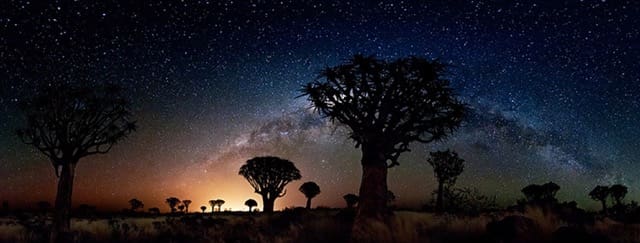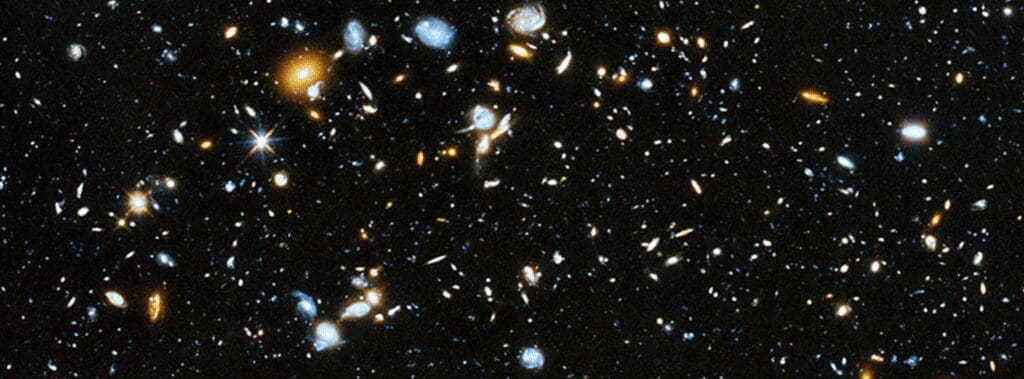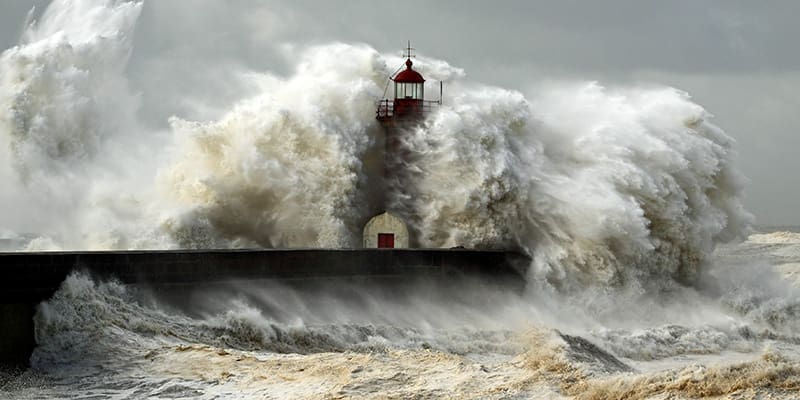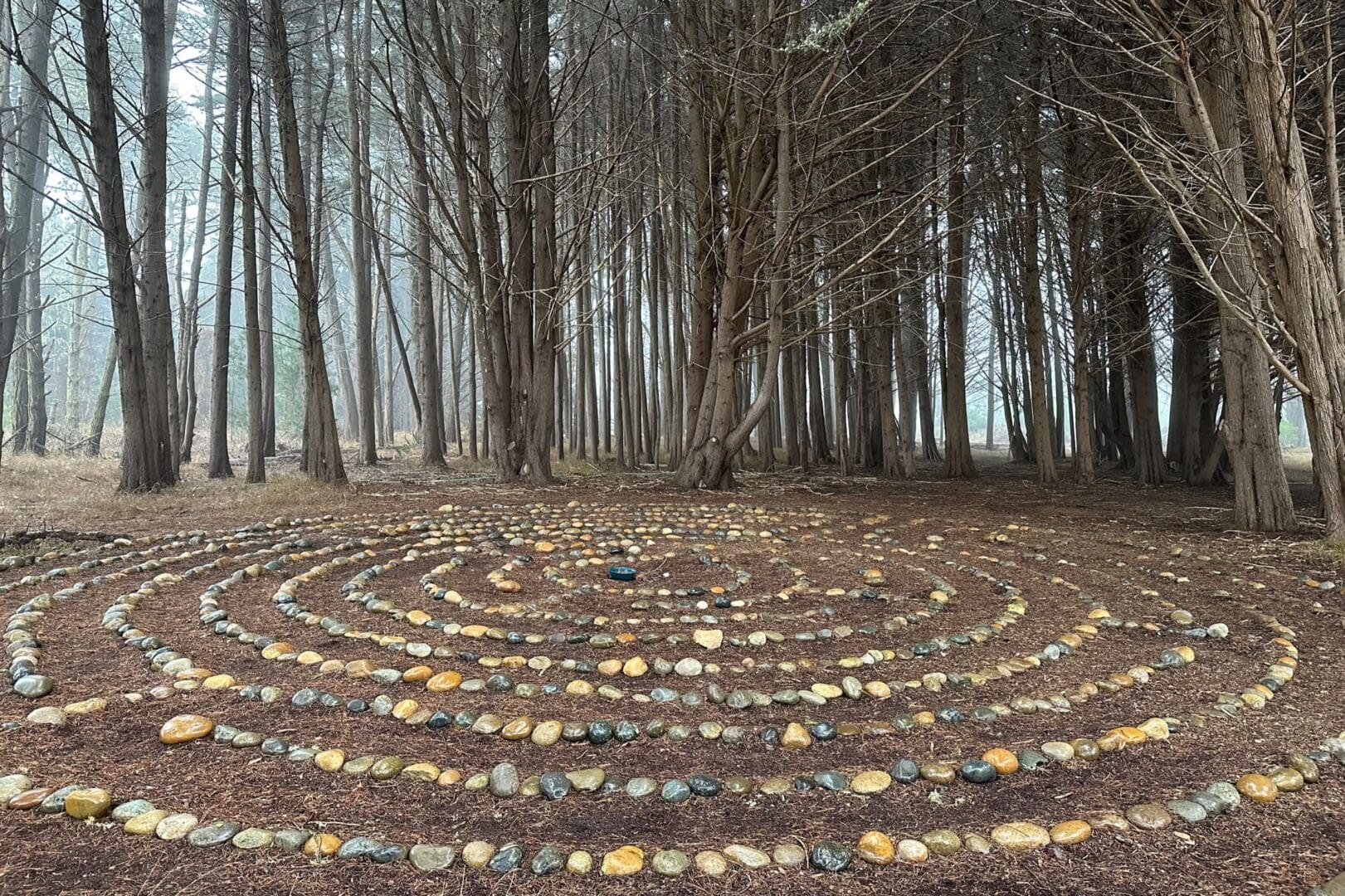Dear New School Friends:
Walter Murch is a film editor and sound designer. His work includes Apocalypse Now, the Godfather series, The Conversation, and The English Patient. He has won three Academy Awards from nine nominations. Roger Ebert called him “the most respected film editor and sound designer in the modern cinema.” For me, the most interesting thing about Walter is the quality of his mind.
We have had Walter to the New School for five conversations, including one of my favorites, Waves Passing in the Night: Walter Murch in the Land of the Astrophysicists,
the title of a book about Walter by his friend Lawrence Weschler.
So it was with considerable joy that I received this email from Walter, which I pass on to you with his permission.
———- Forwarded message ———
From: Walter Murch
Date: Mon, Jan 13, 2020 at 10:21 PM
Subject: Meditation of disproportion of sizes
To: michael lerner
Hello Michael ::
Greetings from Gospel Flats. I am here for another two days, and then back to London for a while (months?).
Each evening, as I drift off to sleep, I do my version of “sheep over fences” which takes the form of mental Fermi problems—ballpark estimates of the mathematical relationships between things. Here is one of them, which estimates the volume of “star stuff”—now known as luminous matter, as opposed to dark matter and dark energy—and compares it to the “bubble of space” of the universe itself. You and I are star-stuff, as well as, naturally, stars. Anything that radiates light, or potentially reflects light, is known as luminous matter.
The observable universe is currently estimated to have a horizon to horizon diameter of 93 billion light years. There are 9.46 trillion kilometers in a light year. Multiply those two together and you get 8.8e23 km (also expressed as 8.8×10^23).
“Observable” simply means the limit of what we can observe, given the speed of light and other factors. There is more universe out there, we just can’t see it, even with the James Webb Telescope, because the horizon is expanding away from us at greater than the speed of light.
An imperfect analogy: you are six feet tall and standing on a very flat, very large desert which extends two hundred kilometers in every direction: but the farthest you can see, due to the curvature of the Earth, is 5 kilometers. So you are standing in the middle of an “observable circle” of just under 80 square kilometers. But the desert itself has an area of more than 125,000 square kilometers.
The desert horizon was an analogy in two dimensions, but the observable universe horizon is a sphere of three dimensions. Given the diameter of 8.8e23 km, we can calculate the volume of this sphere, which turns out to be 3.57e71 cubic kilometers. Let’s round it up slightly to 1e72 cu km.
Here is an ima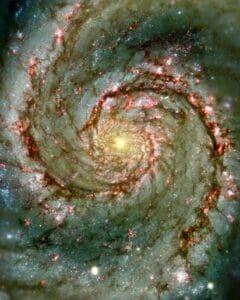 ge of the “Whirlpool” Galaxy, 30 million light years distant, and 60 thousand light years across (60% of the diameter of the Milky Way).
ge of the “Whirlpool” Galaxy, 30 million light years distant, and 60 thousand light years across (60% of the diameter of the Milky Way).
Despite this impressive picture of “starstuff,” the sheer volume of the emptiness of space surrounding each galaxy overwhelms the volume of luminous matter. The fact that this, and pictures like it, are a two-dimensional compression of a vast three-dimensional space also distorts our perception of the underlying reality: luminous matter is a minuscule proportion of the volume of the universe. It gives a new meaning to the world minuscule.
*****
But what is the volume of “starstuff” (luminous matter) that fills this huge space? And how does the volume of starstuff compare with the volume of the universe that contains it?
The number of galaxies in the Observable Universe is now (maximally) estimated at 2 trillion. Each galaxy on average has 500 billion stars, although this is also a maximum value. But we’ll proceed with both numbers anyway, just to account for any gas, dust, rogue planets, wandering stars, etc. that we might have missed. Multiplying these two numbers together, we get one trillion trillion (1e24) stars. The volume of the average star is currently estimated at 1e18 cu km, a little smaller than the volume of our Sun. The volume of all stars in the observable universe is therefore 1e42 cubic km (1e24 stars x 1e18 cubic km).
The volume of the observable universe, however, is approximately 1e72, as we calculated above.
If we compare those two volumes (1e72 to 1e42) we get a ratio of 1e30:1 That’s how much bigger the volume of space is compared to the volume of luminous “starstuff.”
To get a sense of that disparity, let’s compare it to the volume of Earth, which—conveniently—is approximately 1e30 cubic millimeters. Dividing that volume by 1e30, we get: 1 cubic mm, which is the volume of a spherical grain of sand approximately 1.25mm in diameter.
So if the Observable Universe were a sphere of space the size of the Earth, and you gathered—with cosmic ‘thought experiment’ hands—all the starstuff and pushed it into a single “starball” (forgetting gravitational effects), it would amount to the volume of a grain of sand 1.25mm in diameter.
Take that “grain of sand” and break it into a trillion trillion fragments, each fragment on average twelve orders of magnitude smaller than a proton, and scatter them throughout a bubble of space which has the volume of the Earth, and there you have the relative distribution of luminous “starstuff” in the observable universe.
This is astounding. Perhaps our figures are wrong—maybe there are more stars, and dust, and gas, and the size of the average star is greater than we thought. Let’s say there is a thousand times more starstuff than we calculated.
If the volume of all stars in the universe were a thousand times greater, then the ratio of starstuff to space would be 1:1e27, which gives us a starstuff pebble 12.5mm (1/2 inch) in diameter. If there were a million times more starstuff, the sphere would be a rock 125mm in diameter, about 5 inches. We can be pretty sure that these numbers are incorrect, however, because if there was that much starstuff, the universe would be contracting due to the increased mass, and not expanding as it appears to be.
Coincidentally, 1e30 crops up comparing the Earth to everything else. The volume of Earth is 1e12 cu km. Comparing this to the 1e42 cu km volume of “starstuff” we also get the ratio of 1:1e30. So if a 1mm grain of sand represents the volume of Earth, then the Earth represents the volume of all the rest of luminous matter within the horizon of the Observable Universe.
In any case, these disproportions of volumes are startling to contemplate.
Any comments appreciated !!
With my very best wishes to you for the New Year/Decade.
Walter M.

